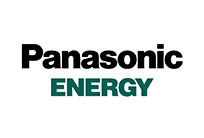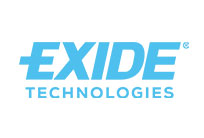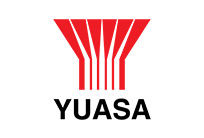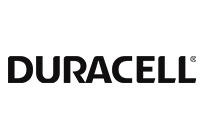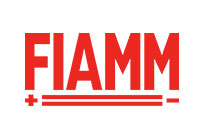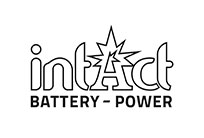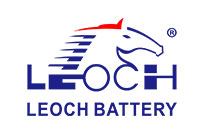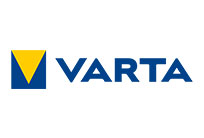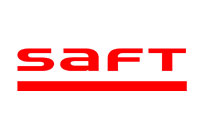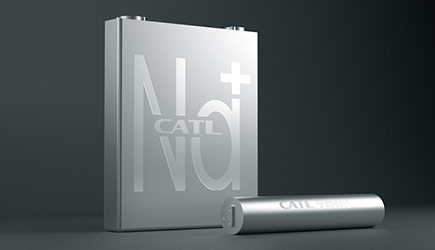
Sodium-ion batteries on the rise
According to a tweet by the Chinese battery giant Contemporary Amperex Technology (CATL), it will soon supply sodium-ion batteries to the car manufacturer Chery. This will make Chery the first carmaker to receive such batteries. Chery is owned by the Chinese state.
CATL, which has been the leader in the lithium-ion battery market, is now making a leap into the sodium battery market. This is a new segment with considerable potential. After intensive research, CATL had already announced in 2021 that it would set up series production by 2023. One reason for the rapid development is the fundamental similarity and thus compatibility with the equipment and processes used in lithium battery production.
Immediately afterwards, Hina, a competitor of CATL in the battery market, followed suit with mass production. Its sodium batteries are installed in the so-called Sehol E10X, the first electric car equipped with the new technology. The fact that this model is primarily designed as a small, manoeuvrable city runabout is primarily due to the still shorter range of the sodium-ion batteries.
Although no exact performance data are yet available for this type of battery, the sodium cells from Hina range between 140 and 155 watt-hours per kilogram (Wh/kg). The sodium cells built by CATL have a density of 160 Wh/kg, a value that is to be significantly exceeded with the next generation. But even with the planned energy density of just over 200 Wh/kg, the sodium-ion batteries would still not be able to keep up with the lithium-ion batteries, which currently have a density of 260 Wh/kg. And further increases are to be expected: VW hopes to reach an energy density of up to 350 Wh/kg by 2030.
Several advantages of sodium-ion batteries
The currently still significantly lower energy density and thus lower range of sodium cells is offset by decisive advantages: The production is inexpensive, which is not least due to the built-in raw materials sodium and aluminium. Unlike lithium, cobalt and copper, which are often mined under difficult environmental and human rights conditions in a few countries such as Chile, Australia, Argentina, China and the Congo, these substances are much more widespread on earth.
Aluminium is the third most abundant material in the earth's crust (8.1 %), while copper is similarly rare as lithium (0.006 %), with almost 25 % of the total copper production in 2022, or 5.2 million tonnes, coming from Chile. Another "conflict material" needed for lithium cells is cobalt, which is also rare at 0.003 %. Its extraction in Congo is very costly, which is why it is often associated with child labour, exploitation and the financing of arms deals.
Another reason for the reduced production costs is the similarity of the construction principles of lithium and sodium-ion batteries mentioned earlier. The main difference is that sodium instead of lithium is used as the carrier material for the charge between the poles. This similarity can save expensive retooling and adjustments to the production infrastructure. In a comparable way, aluminium is used as the anode material instead of copper.
In addition to the simpler and cheaper extraction of the necessary raw materials, the flexibility of their availability is an important factor. In this way, the producing companies reduce their dependence on individual companies and regimes and benefit from the prices that form on the free market. Another advantage is the high temperature resistance of the batteries: even at temperatures of -20 °C, 90 % of their capacity should be immediately available. This is in contrast to lithium batteries, which already lose considerable capacity at -10 °C and are then hardly usable.
China clearly in the lead
Even though sodium batteries are already being built in other parts of the world, China is and will remain the leader in this field. Altris, a Swedish company, is building a sodium battery plant with a total annual production capacity of one gigawatt hour, and in the USA the battery manufacturer Clarios, together with the start-up Natron Energy from California, intends to set up a special production line for sodium-ion batteries with a total capacity of 600 megawatt hours in Michigan, parallel to the existing lithium-ion battery production there. Nevertheless, these figures seem small compared to the capacities planned in China: according to "Benchmark Minerals", a trade portal, the Chinese annual capacities amount to a proud 3.1 gigawatt hours.
What is not yet included in these figures, however, are the total factories currently planned or under reconstruction in China: If they are also taken into account, a staggering 100 gigawatt hours of total capacity can be expected by 2030. For comparison: according to a McKinsey survey, global demand for lithium-ion batteries was 700 gigawatt hours in 2022, with an exponential increase to 4.7 terawatt hours expected by 2030.
Attractive as a city runabout
Due to their short range, it stands to reason that sodium-ion batteries - they are also called "salt batteries" - are primarily suited for use in urban traffic. Another example is BYD, China's second largest e-car manufacturer. With its Seagull model, it presented a model at the Shanghai auto show that is available in a 10,500-euro and a 13,000-euro version. The cheaper version has a range of about 300 kilometres with a sodium battery, while the more expensive version with battery cells made of lithium iron phosphate reaches a little over 400 kilometres.
For European and US carmakers, such ranges are currently still not very attractive. For the Chinese market, however, where a gigantic expansion of capacities for e-cars is currently taking place in general, the sodium cells represent a complement to their longer-range sibling models that can be taken quite seriously.
Sodium batteries as the new standard?
The gap between salt batteries and lithium batteries in terms of energy density and range could narrow in the future. Then the advantages of sodium batteries would become all the more important. Whether the development goes in this direction depends on technological progress in the coming years.
However, another scenario is conceivable: instead of competing with each other, the two cell types could also be combined in battery packs in order to benefit from the advantages of both. CATL has already thought about this in the past.
Sources: derstandard.at, 22.04.2023 and efahrer.com, Aslan Berse, 19.04.2023
Image: CATL


